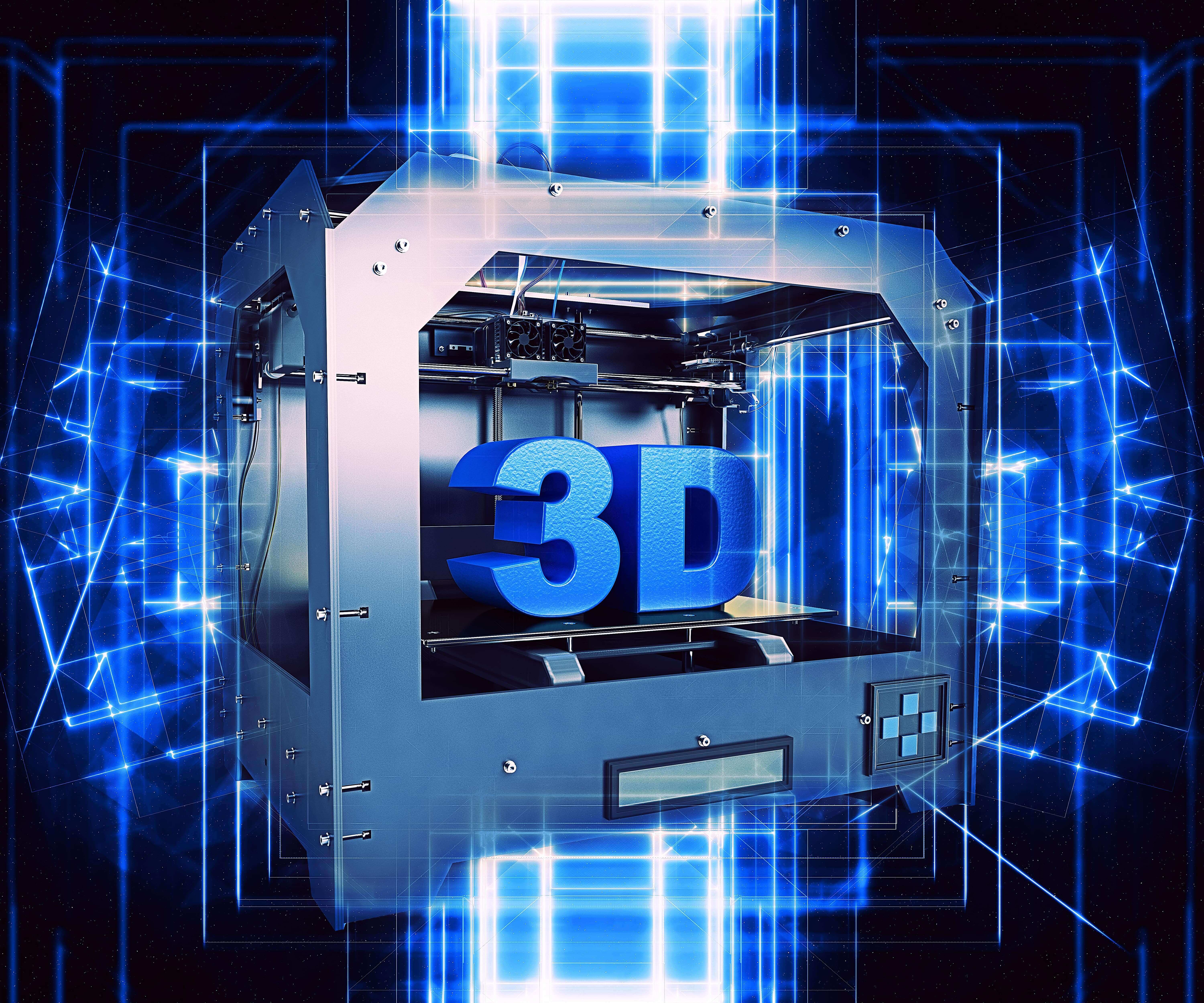
3D PRINTING
3D printing, also known as additive manufacturing, is
a technique for layering a three-dimensional item using a computer-generated design.
3D printing is an additive method that involves building up layers of material to form a three-dimensional
object. Subtractive manufacturing procedures, in which a final design is carved from a bigger block of
material, are the polar opposite of additive manufacturing. As a result, 3D printing results in less
waste.
3D printing is also suitable for quick prototyping since it allows for the development of complicated,
customised items.
3D printing is significant because of the numerous advantages it provides. It enables users to create
products with geometry that are difficult or impossible to achieve using traditional approaches. It also
enables users with less knowledge to make changes to designs and produce unique, customised parts. In
addition to lowering tooling costs, on-demand 3D printing allows for a faster time-to-market. 3D printing is
critical in industries like aerospace, where technology can generate lightweight yet complicated parts,
resulting in weight savings, fuel savings, and a lower environmental effect. It is also necessary for the
development of prototypes that can help the sector advance.
3D PRINTING USES FOR Mould MAKERS
The most extensively used manufacturing methods in
the industry have traditionally been divided into two categories: subtractive manufacturing, which is mostly
represented by CNC machining, and formative or moulding manufacturing, which includes injection moulding and
investment casting. Both groups have coexisted until now, and the decision to choose one or the other has
mostly been based on the piece's intricacy, the material used, or the volume of production.
In recent years, a third group has emerged in the business, bridging the gap until it can live with the
first two: additive manufacturing or 3D printing. Currently, both subtractive and additive manufacturing and
training support a wide variety of common materials and are capable of generating very complex components,
with the exception of particularly specialised circumstances or applications. This is why, in many cases,
the primary criterion for choosing one over the other is the cost of manufacture.
Moulding cannot compete with additive manufacturing and CNC machining in low or medium production quantities,
owing to significant equipment depreciation costs and the necessity for expensive moulds. When it comes to
mass production, though, moulding reigns supreme.
Injection moulding necessitates the creation of moulds, while lost wax moulding necessitates the creation of
sacrificial wax negatives, both of which necessitate the creation of moulds or CNC processes. This is why,
even in moulding forming procedures, CNC machining is still required, as it has traditionally been the most
popular technique of producing reusable moulds.

